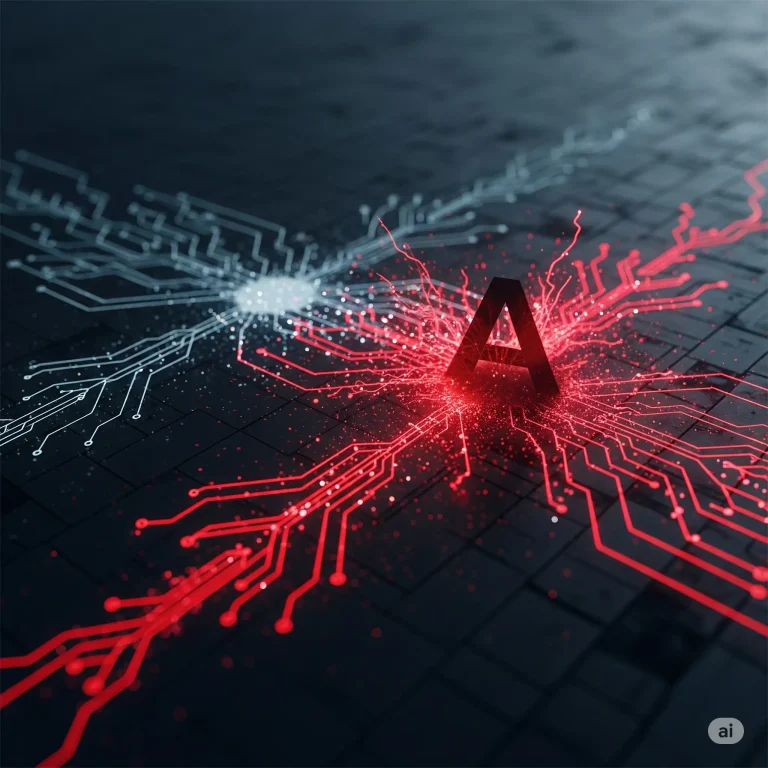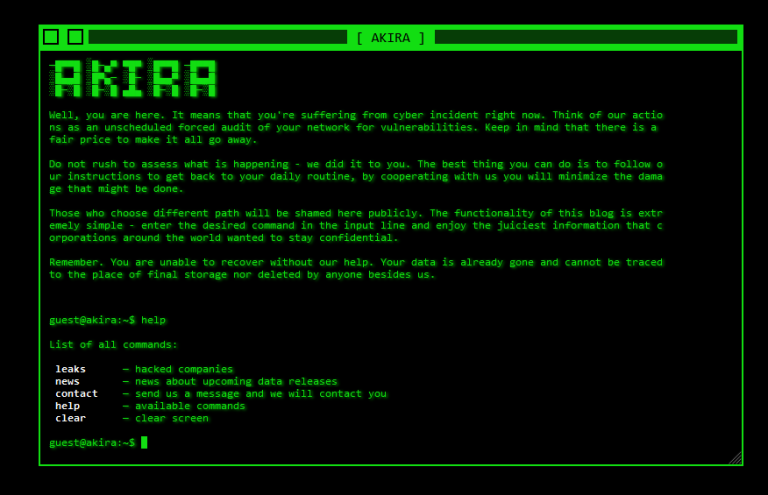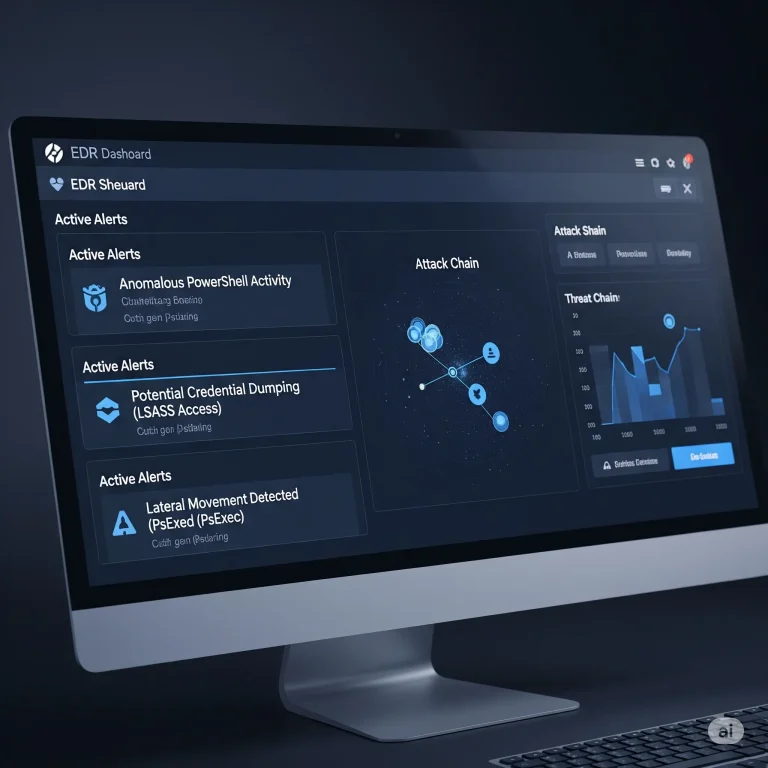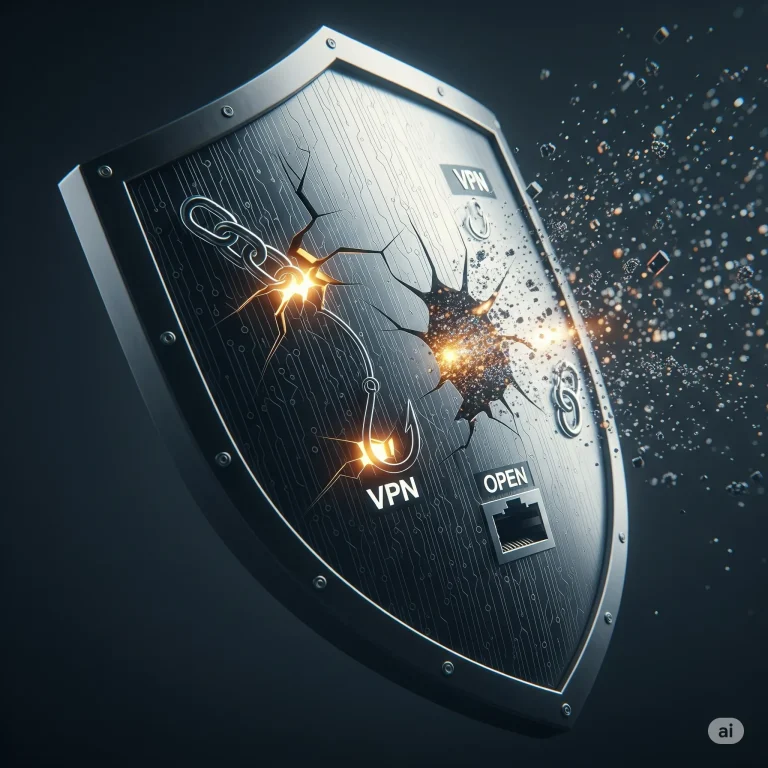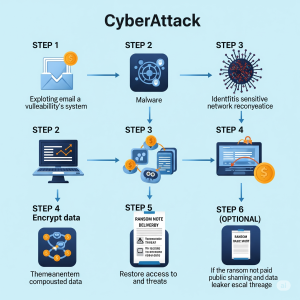Akira Ransomware Incident Response Checklist 2025
It’s a scenario no IT professional ever wants to face. A user reports files they can’t open, servers become unresponsive, and then you see it: a ransom note. The word “Akira” stares back at you from the screen. In this moment, chaos can quickly take over. But what you do in the first few hours of discovering an Akira ransomware attack can dramatically influence the outcome, from the extent of the damage to the speed of your recovery.
Panic is the attacker’s ally. A clear, methodical plan is yours. This isn’t about long-term strategy; this is about immediate, decisive action. Here, we’ve guided numerous organizations through this crisis. We’ve distilled that experience into this essential incident response checklist focused on the first critical phases: Detection, Containment, and Escalation.
Phase 1: Identification – “Is This Really Happening?”
First, you need to rapidly confirm that you’re dealing with a ransomware incident, likely Akira, and understand its initial scope.
- Look for the Telltale Signs:
- Ransom Notes: The most obvious clue. Look for files named
akira_readme.txt(or similar) appearing in multiple directories. - Encrypted File Extensions: Your files will be renamed with an
.akiraextension (or.powerranges,.akiranewfor some variants), making them inaccessible. - System Performance Issues: Reports of extreme system slowness or unusually high CPU/disk activity on servers and workstations can be an early sign of encryption in progress.
- EDR/Security Alerts: Your Endpoint Detection and Response (EDR) or antivirus solutions may be generating high-severity alerts related to suspicious file modifications, process execution, or attempts to disable security agents.
- Ransom Notes: The most obvious clue. Look for files named
- Initial Triage:
- Quickly identify which systems are confirmed to be affected.
- Identify which users first reported the issue.
- Try to determine the time the infection was first noticed. This information is gold for your response team.
Phase 2: Containment – “Stopping the Bleed”
This is the most critical phase. Your goal is to prevent the ransomware from spreading further across your network. Act swiftly and decisively.
- Isolate, Isolate, Isolate:
- Disconnect Affected Endpoints: Immediately disconnect confirmed infected workstations and servers from the network. Prioritize pulling the network cable over shutting down. A live system preserves volatile memory (RAM) which can contain valuable forensic evidence. Do not power down unless specifically advised by your incident response lead.
- Isolate Network Segments: Use your firewalls or network switches to isolate entire segments of the network where the infection is present. If Akira is encrypting your virtual infrastructure, isolate your vCenter and ESXi host management interfaces immediately.
- Secure Your Backups:
- Disconnect Them: Physically disconnect your backup servers and storage from the network. Ensure all cloud backup connections and replication jobs are paused. This prevents Akira from finding and encrypting your last line of defense.
- Verify Integrity Later: Do not attempt to restore from backups until you are on a clean, isolated network segment.
- Secure Remote Access & Admin Accounts:
- Disable or Reset VPN Access: If you suspect the VPN was the entry point, temporarily disable inbound connections or force a password reset on all VPN-enabled accounts.
- Reset Privileged Account Passwords: Immediately reset passwords for all Domain Admin, Enterprise Admin, and other privileged accounts. If you have a Privileged Access Management (PAM) solution, initiate an emergency rotation of all managed credentials.
Phase 3: Escalation & Communication – “Assemble the Team”
You cannot handle this alone. The right people need to know immediately.
- Activate Your Incident Response Team: Engage your pre-defined internal IR team. If you don’t have one, this is your C-suite IT/Security leadership.
- Notify Executive Leadership: Inform your CEO, CIO/CTO, and other key leaders. They need to understand the business impact and make strategic decisions.
- Engage External Experts (Crucial):
- Your Incident Response Partner: If you have one on retainer, call them. If not, this is the time to engage one. We specialize in this kind of immediate response and can provide expert guidance from the very first hour.
- Legal Counsel: Contact your legal team immediately. An Akira attack is also a data breach due to their double extortion tactics. There are legal and regulatory notification requirements to consider.
- Cyber Insurance Provider: If you have a policy, notify your provider immediately. Most policies have very strict notification deadlines and may require you to use specific vendors for response and recovery.
Phase 4: Evidence Preservation – “Don’t Contaminate the Crime Scene”
Your first instinct might be to wipe and rebuild, but this can destroy crucial evidence needed to understand the attack and prevent it from happening again.
- Don’t Wipe Systems Prematurely: Resist the urge to immediately wipe and restore affected machines until they have been analyzed or you’ve been given the green light by your IR lead.
- Preserve Key Logs: Secure and isolate logs from firewalls, VPN concentrators, Domain Controllers, SIEMs, and EDR systems. These logs are essential for tracing the attacker’s steps.
- Isolate a Sample Infected Machine: If possible, keep one or two infected devices isolated but running (if safe to do so) for live memory analysis. Keep another powered off for a clean forensic disk image.
Critical “Don’ts”: Mistakes to Avoid in the First Hours
- Don’t Panic. Follow the plan. A calm, methodical response is far more effective.
- Don’t Pay the Ransom Immediately. This is a complex business decision. Paying does not guarantee data recovery, prevent data leaks, or protect you from future attacks.
- Don’t Communicate with the Attackers. Leave this to experienced negotiators or your IR team. Unplanned communication can weaken your position.
- Don’t Run Unverified Decryptors. Downloading random decryptor tools from the internet can lead to further malware infections or permanent data corruption. Use only tools from trusted sources or those provided by your response team.
- Don’t Delete Anything. Don’t remove the ransom notes or encrypted files from affected systems until instructed. They contain information useful for analysis.
Frequently Asked Questions: Immediate Akira Incident Response
Should we shut down all our systems as soon as we detect Akira? Generally, no. The immediate priority is isolation (disconnecting from the network). Shutting down can destroy volatile forensic evidence in RAM. However, if encryption is spreading rapidly and isolation is not working, a strategic shutdown might be necessary – a decision best made with your IR team.
How do we know which systems to isolate? Start with systems where the infection is confirmed (e.g., ransom notes present, files encrypted). Then, use EDR and network monitoring tools to identify systems communicating with the infected machines and isolate them as well. When in doubt, isolate.
We have backups. Can we start restoring right away? No. Do not begin restoration until you are certain the threat is contained, the backups themselves are secure and clean, and you have a safe, isolated network segment to restore to. Restoring into a still-compromised environment can lead to your backups being encrypted as well.
Who is the very first person we should call? This depends on your internal plan, but it’s typically a three-way tie between your internal Head of IT/Security, your legal counsel, and your cyber insurance provider (if you have one). All three need to be engaged in the first hour.
Is it safe to analyze an encrypted file or ransom note? Viewing the ransom note text file (.txt) is generally safe. Analyzing the encrypted files themselves should only be done by professionals in a secure, isolated environment, as there’s always a small risk of embedded malicious code, though this is not a primary tactic for ransomware itself.
Conclusion: Your First Hour Dictates the Days Ahead
The initial response to an Akira ransomware attack is a high-stakes, high-stress scenario. But by following a clear and logical incident response checklist, you can move from a position of panic to one of control. Focusing on immediate identification, swift containment, proper escalation, and evidence preservation will limit the damage and lay the groundwork for a more effective recovery.
Remember, you are not alone in this fight. This checklist is your starting point. For expert guidance through every stage of an Akira incident, from containment to full recovery and decryption, we are ready to help, 24/7.
